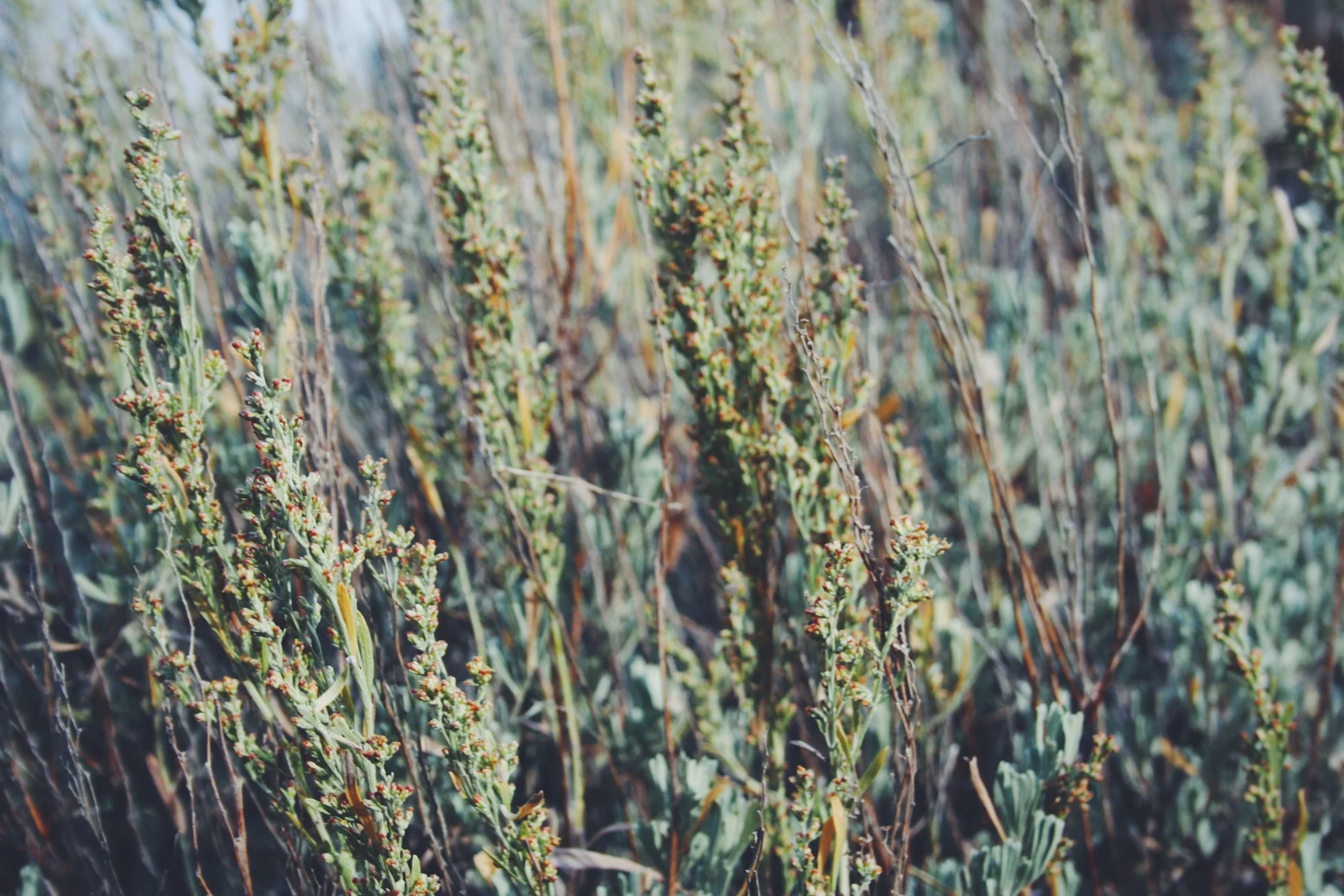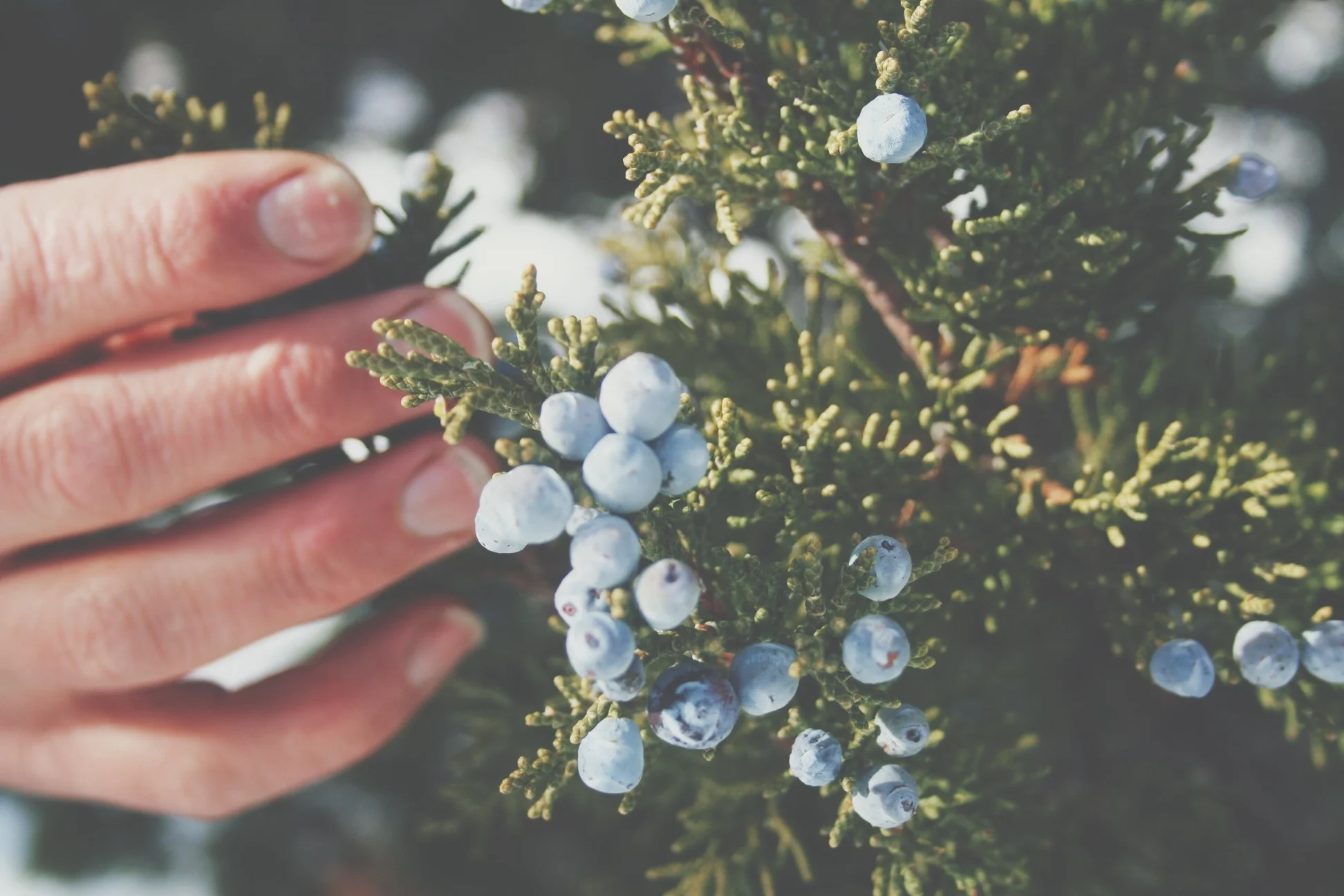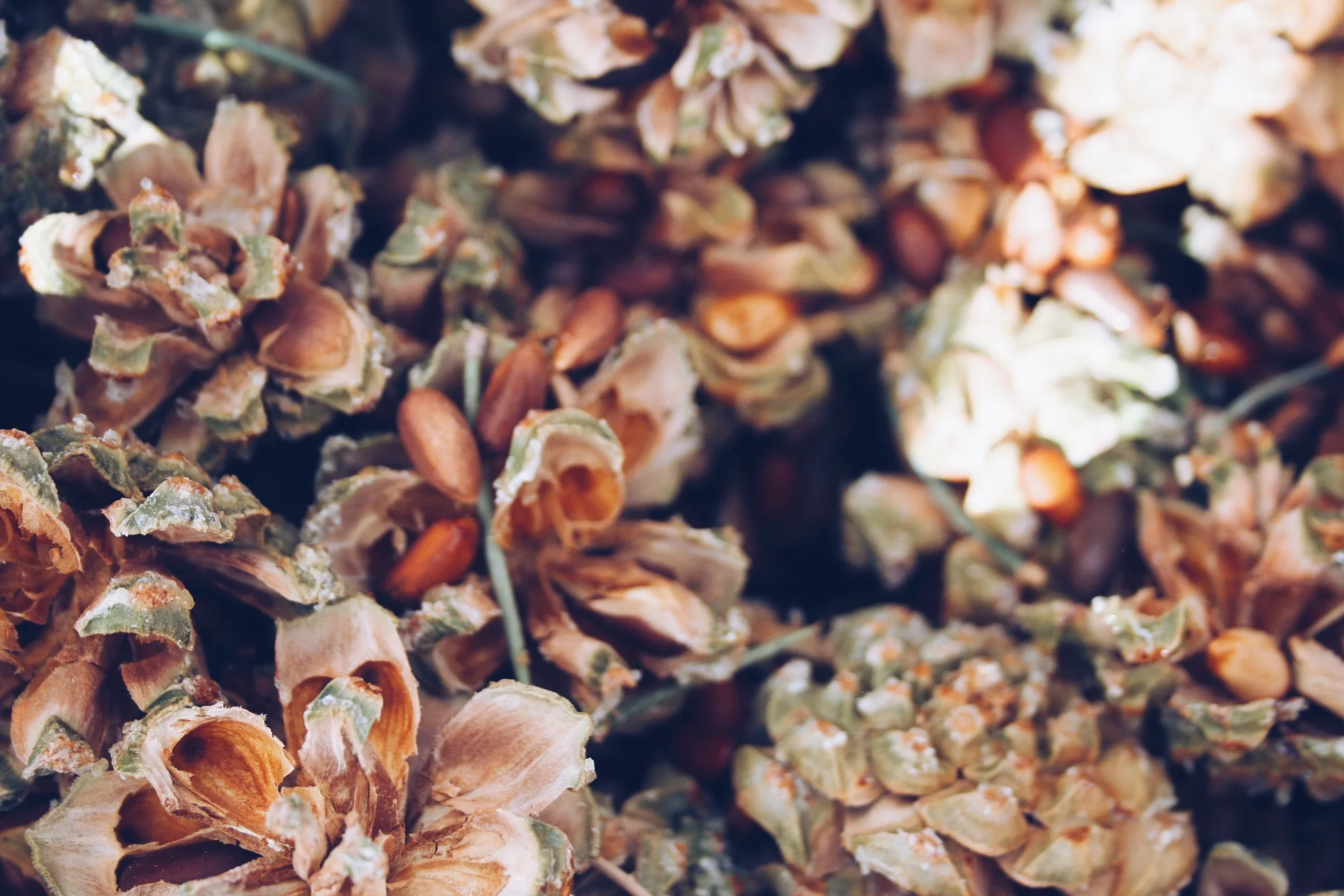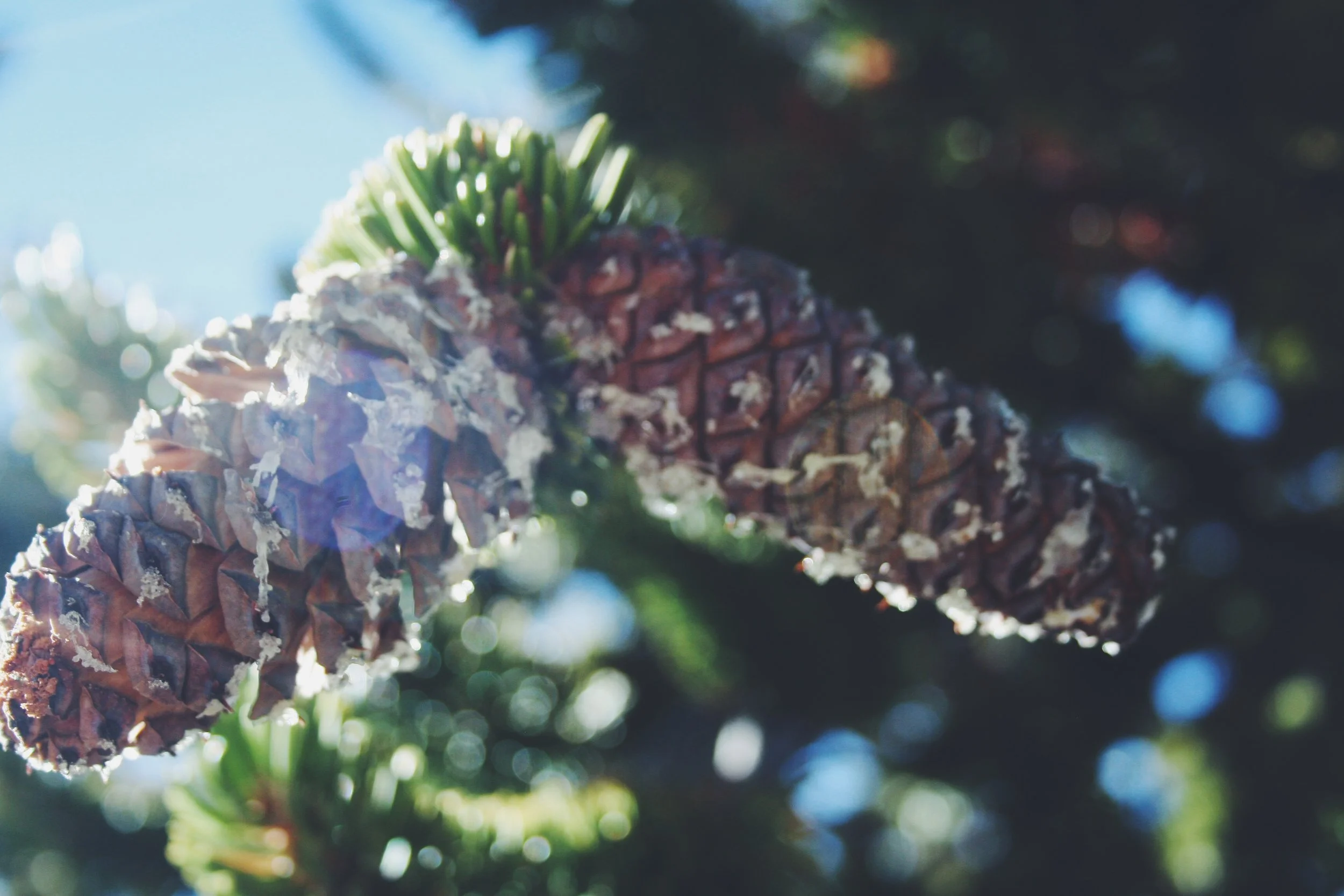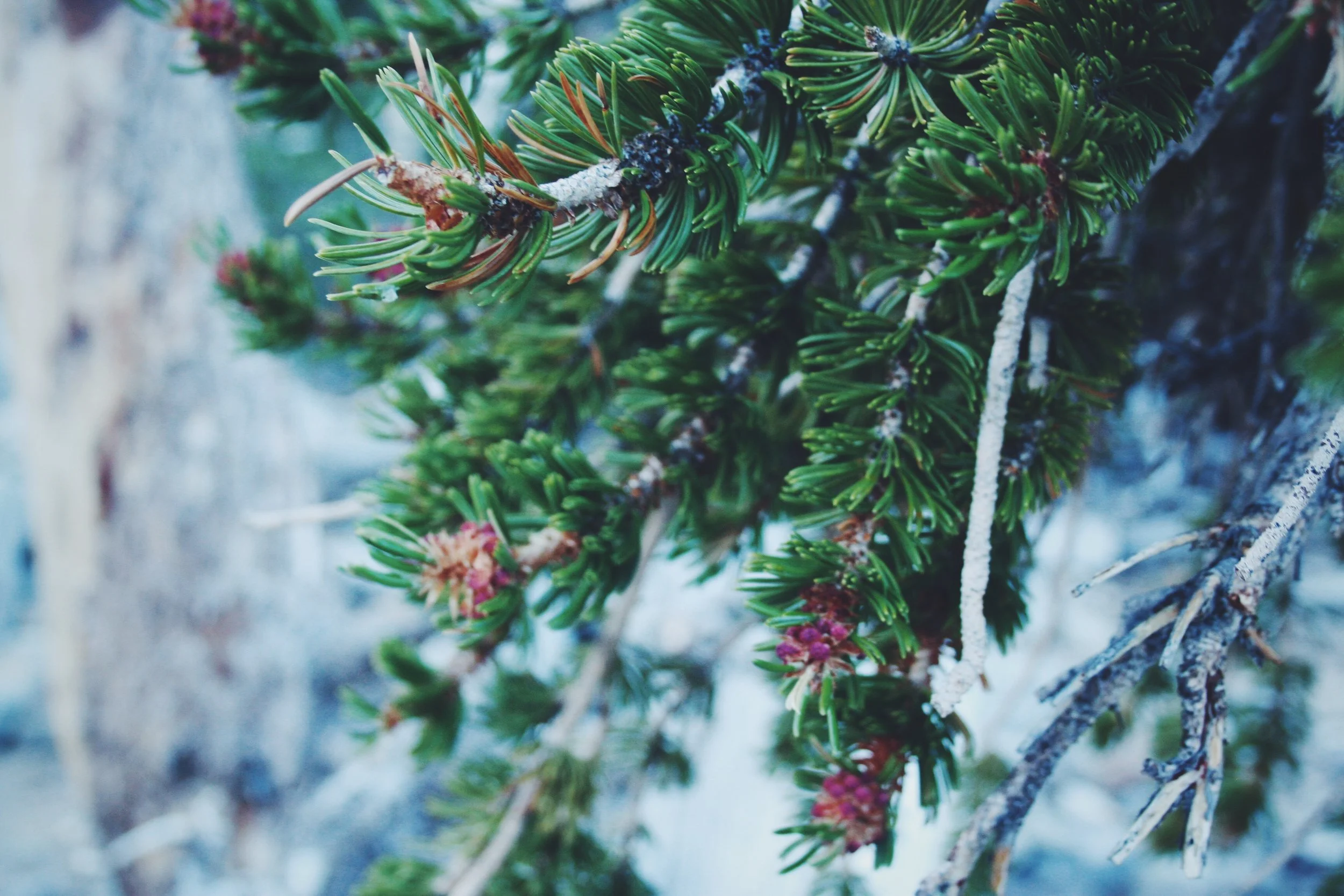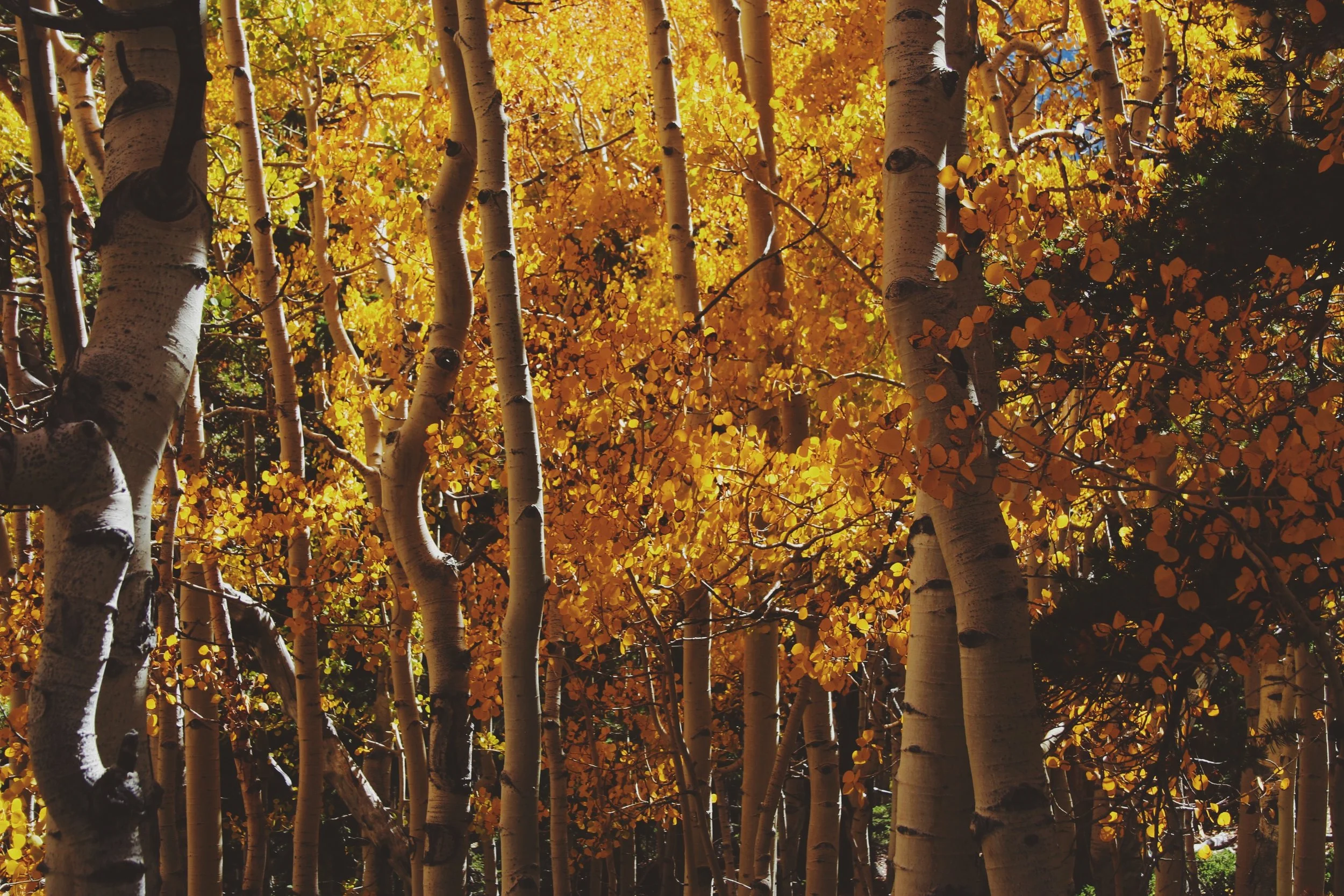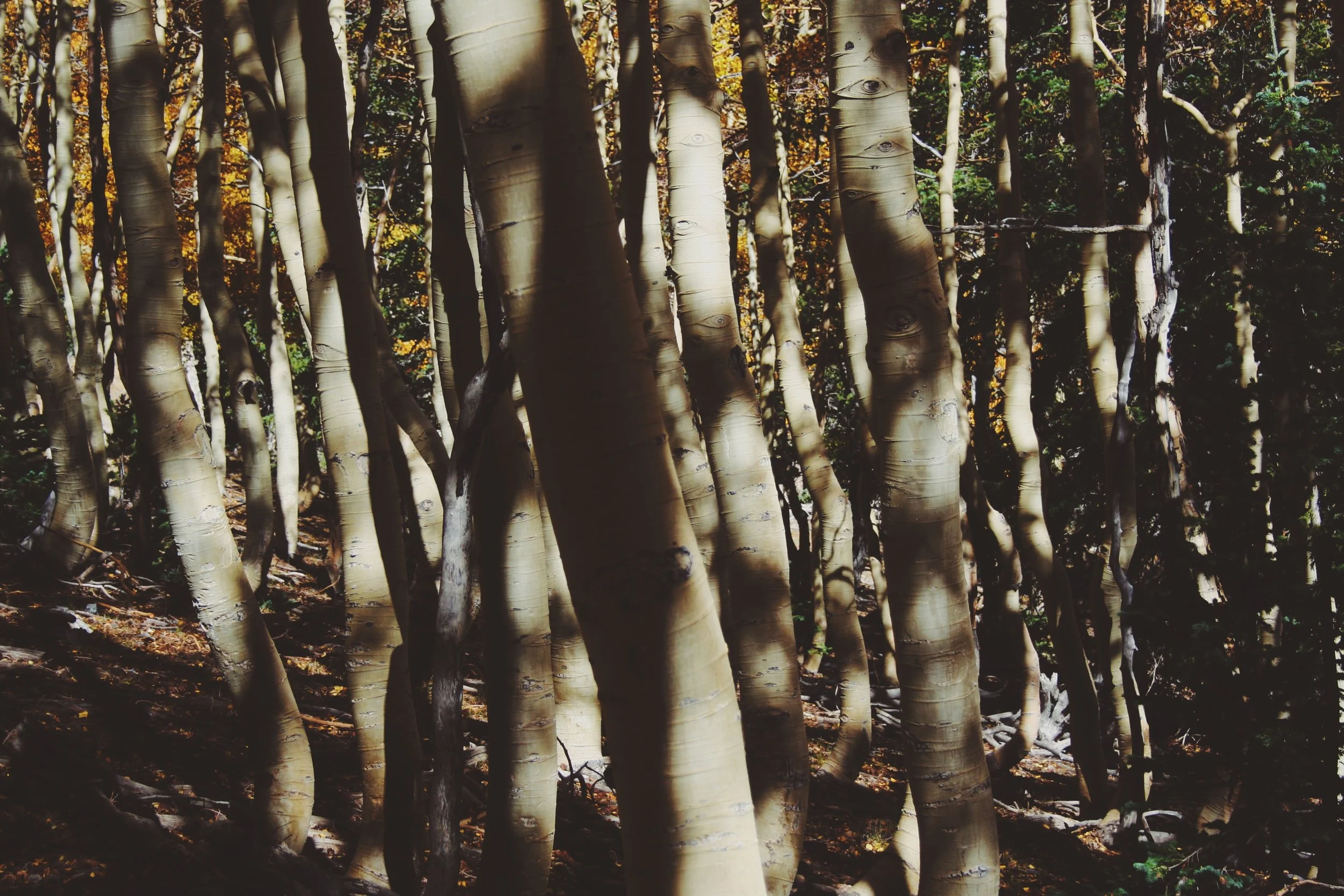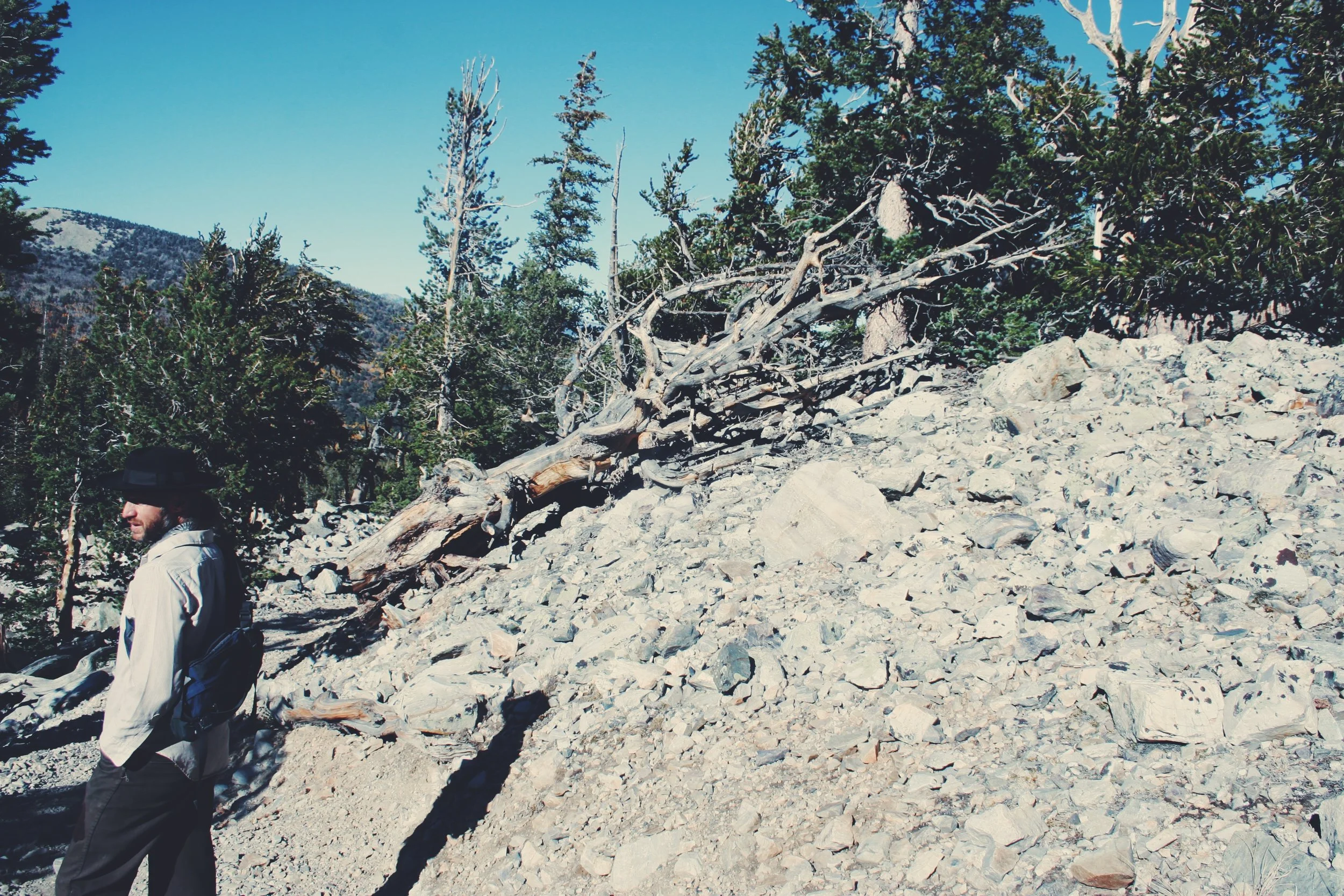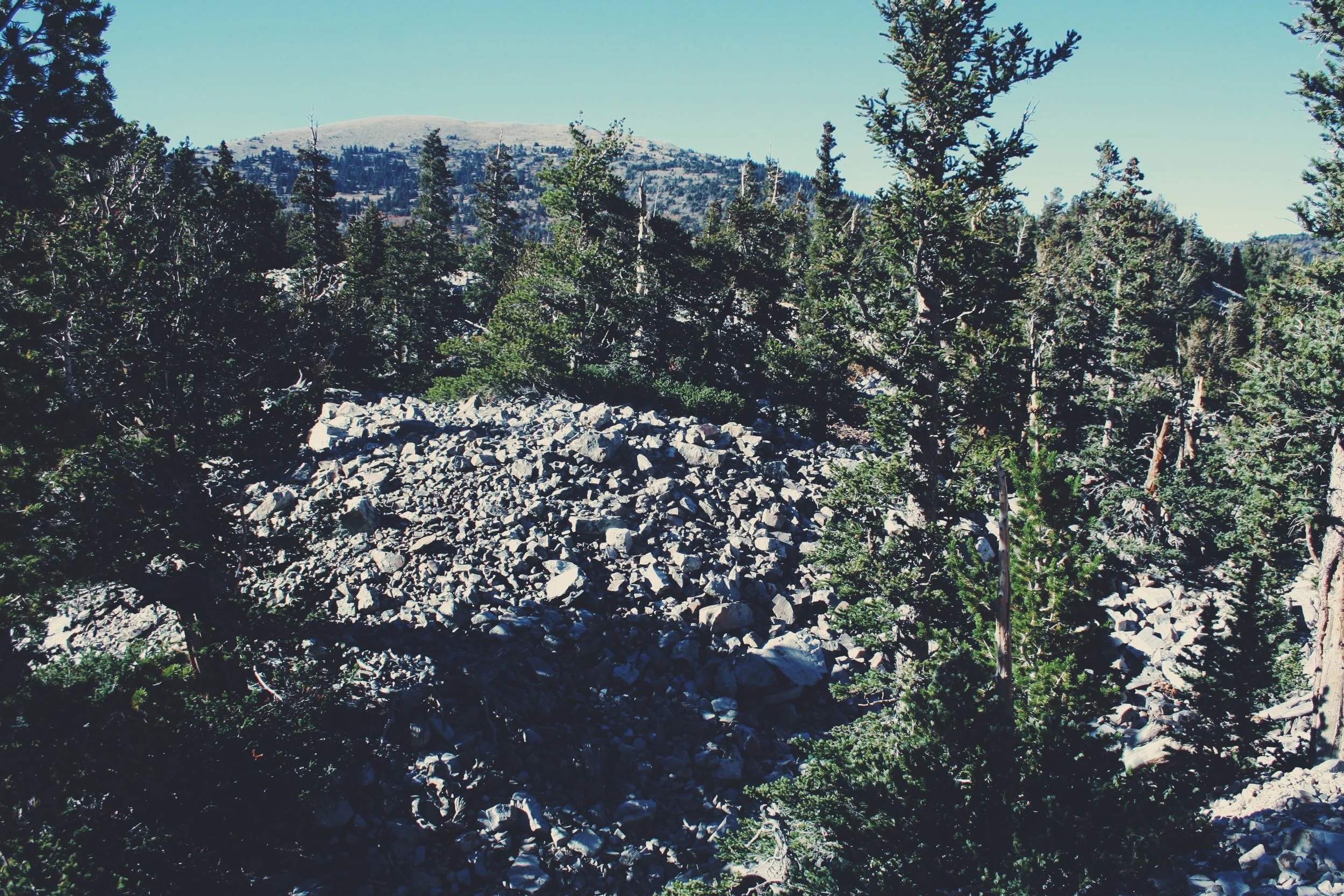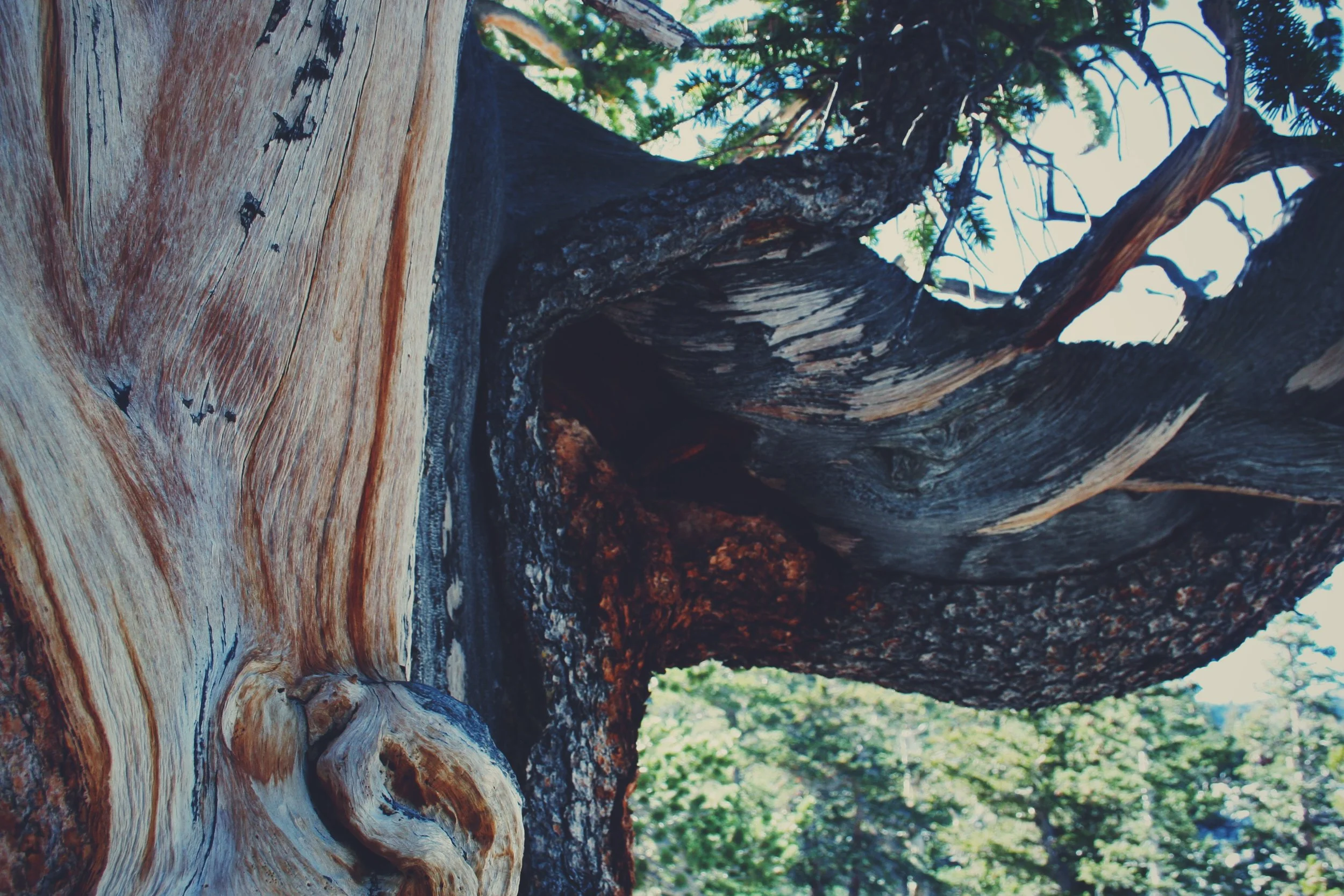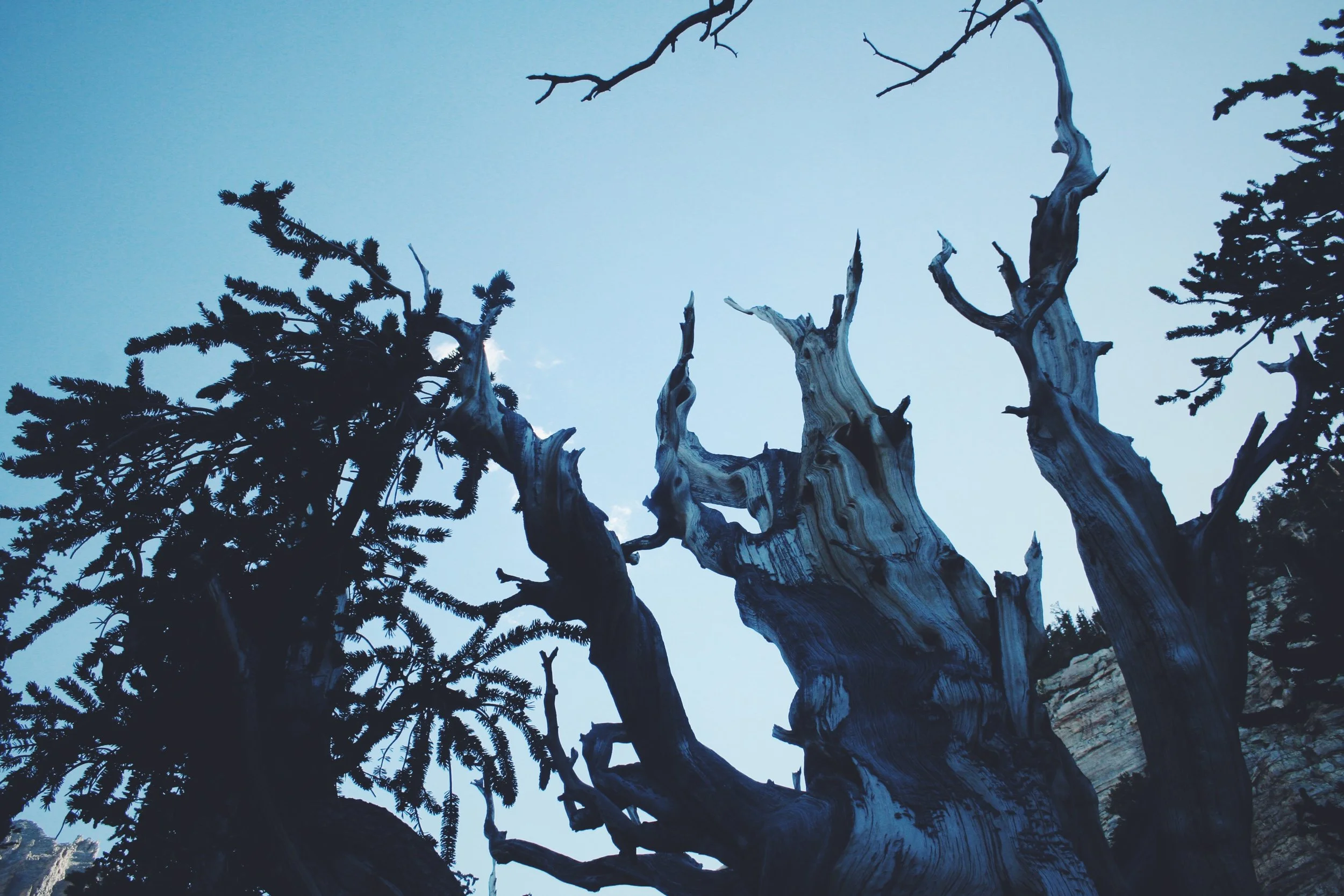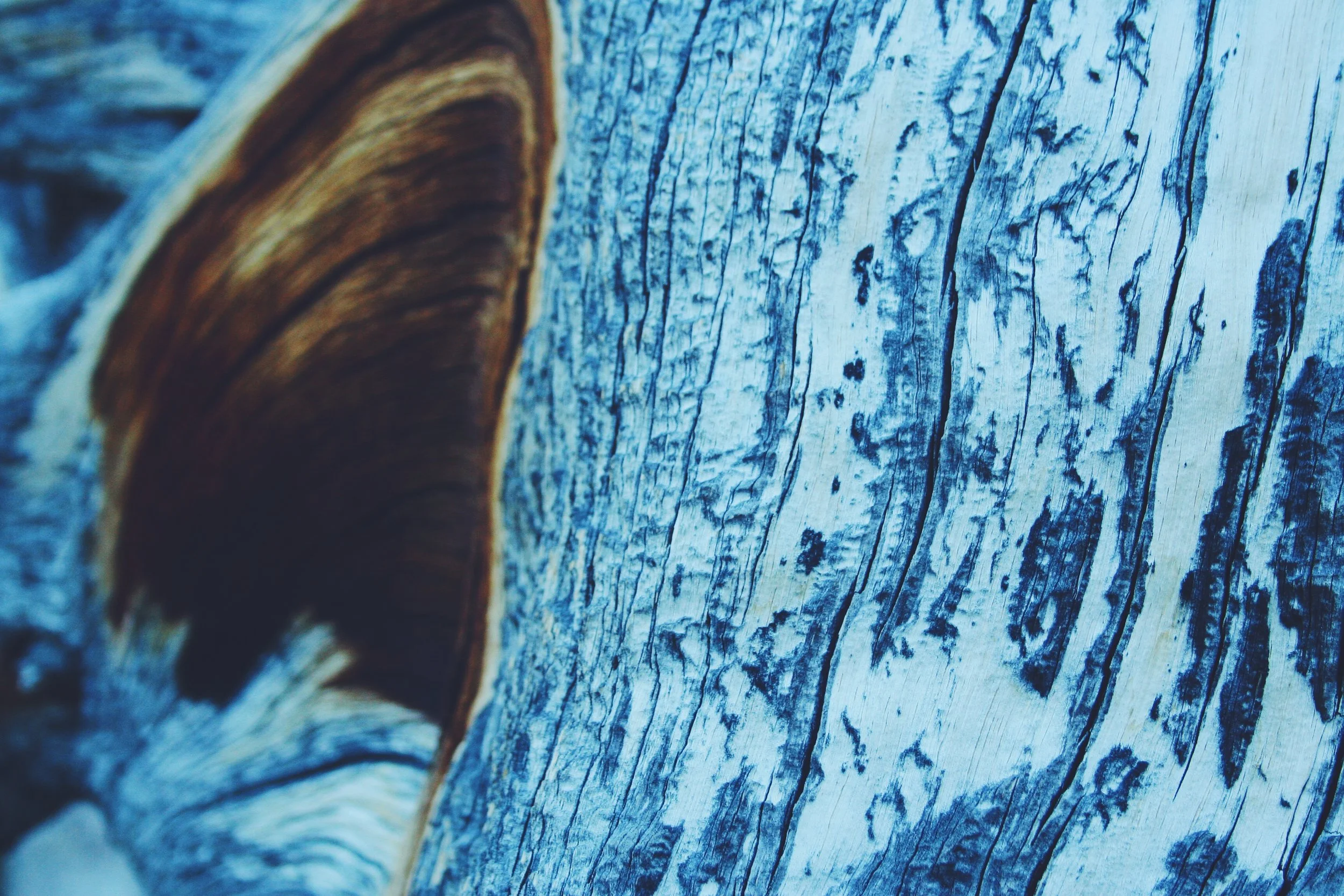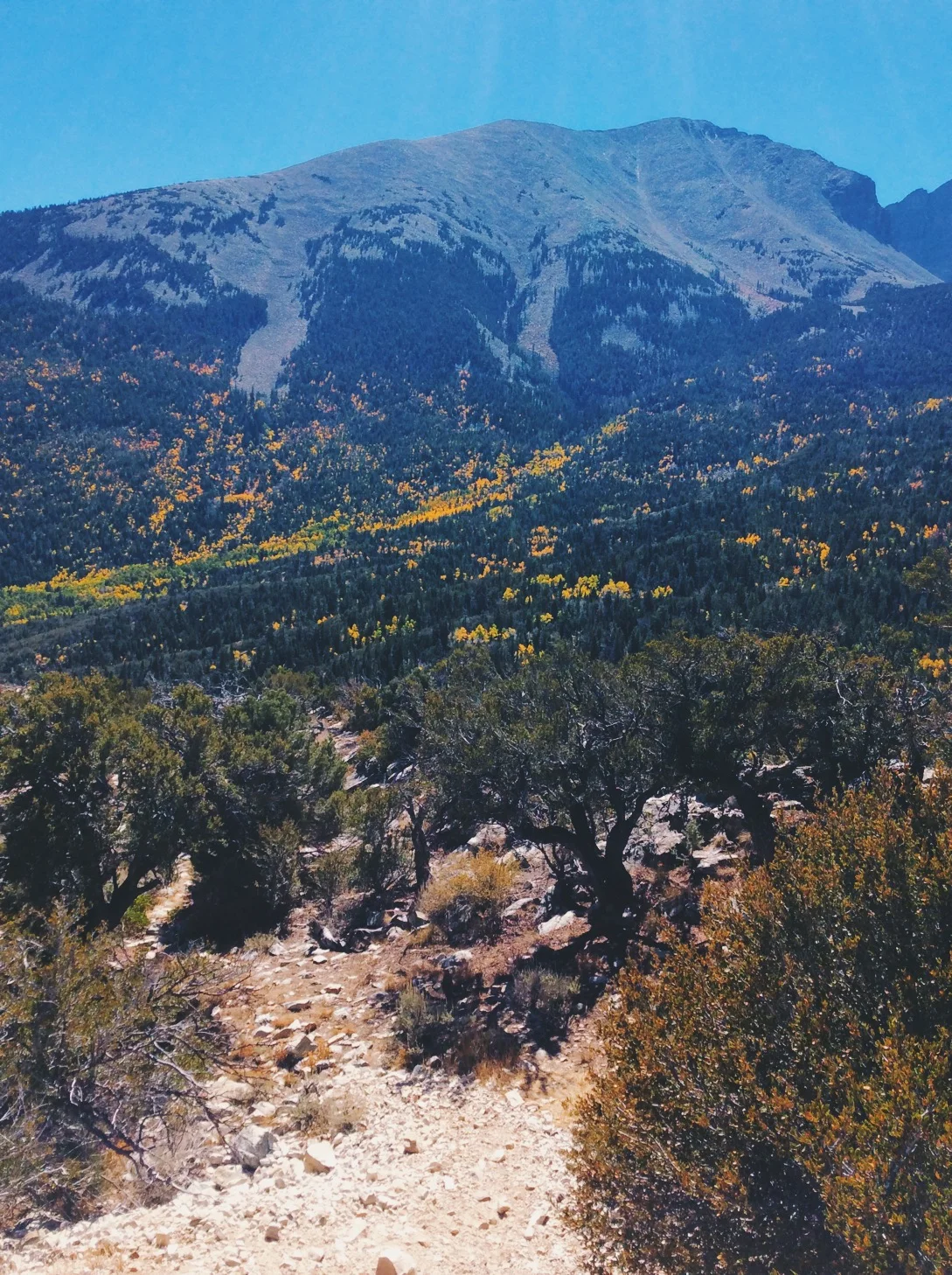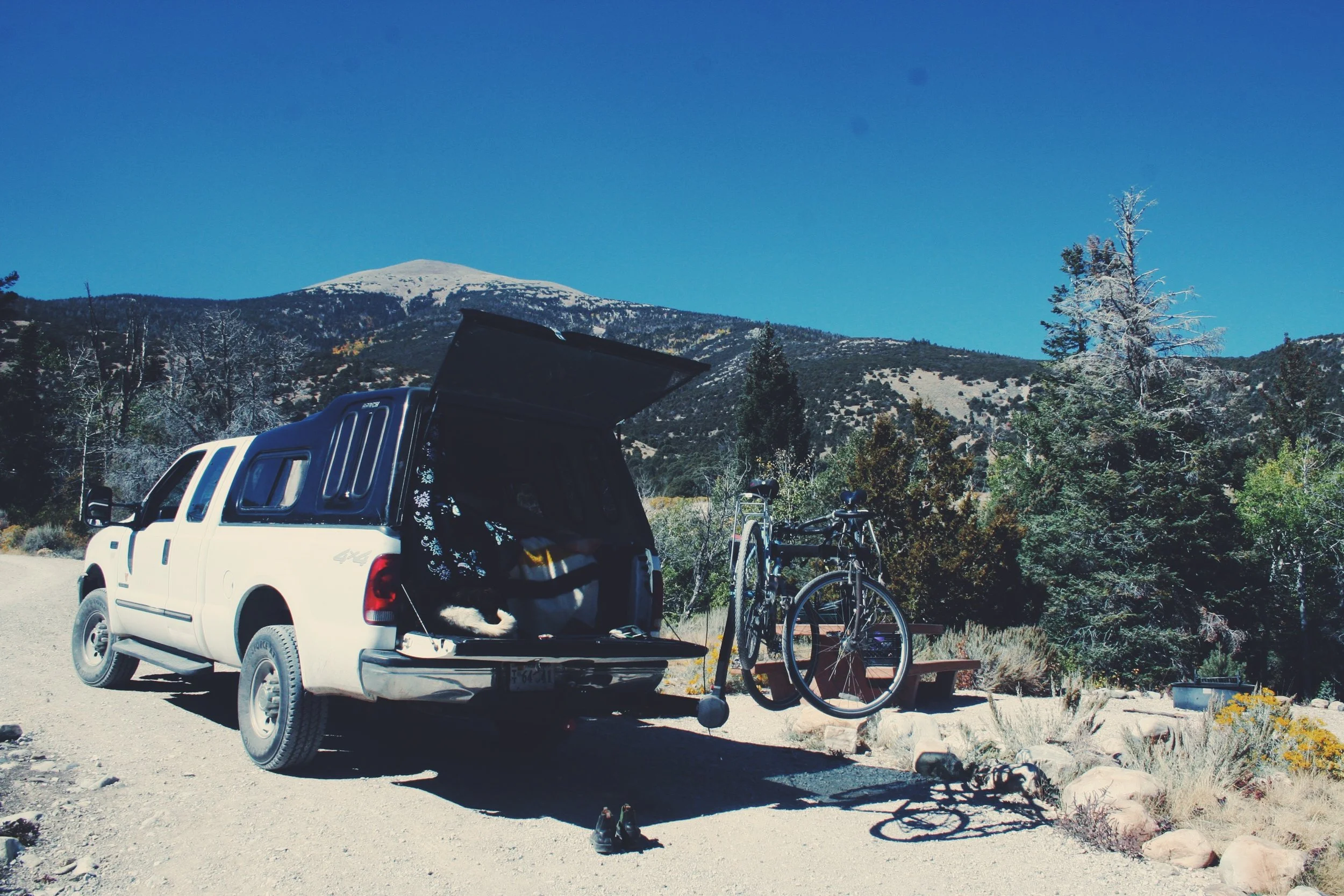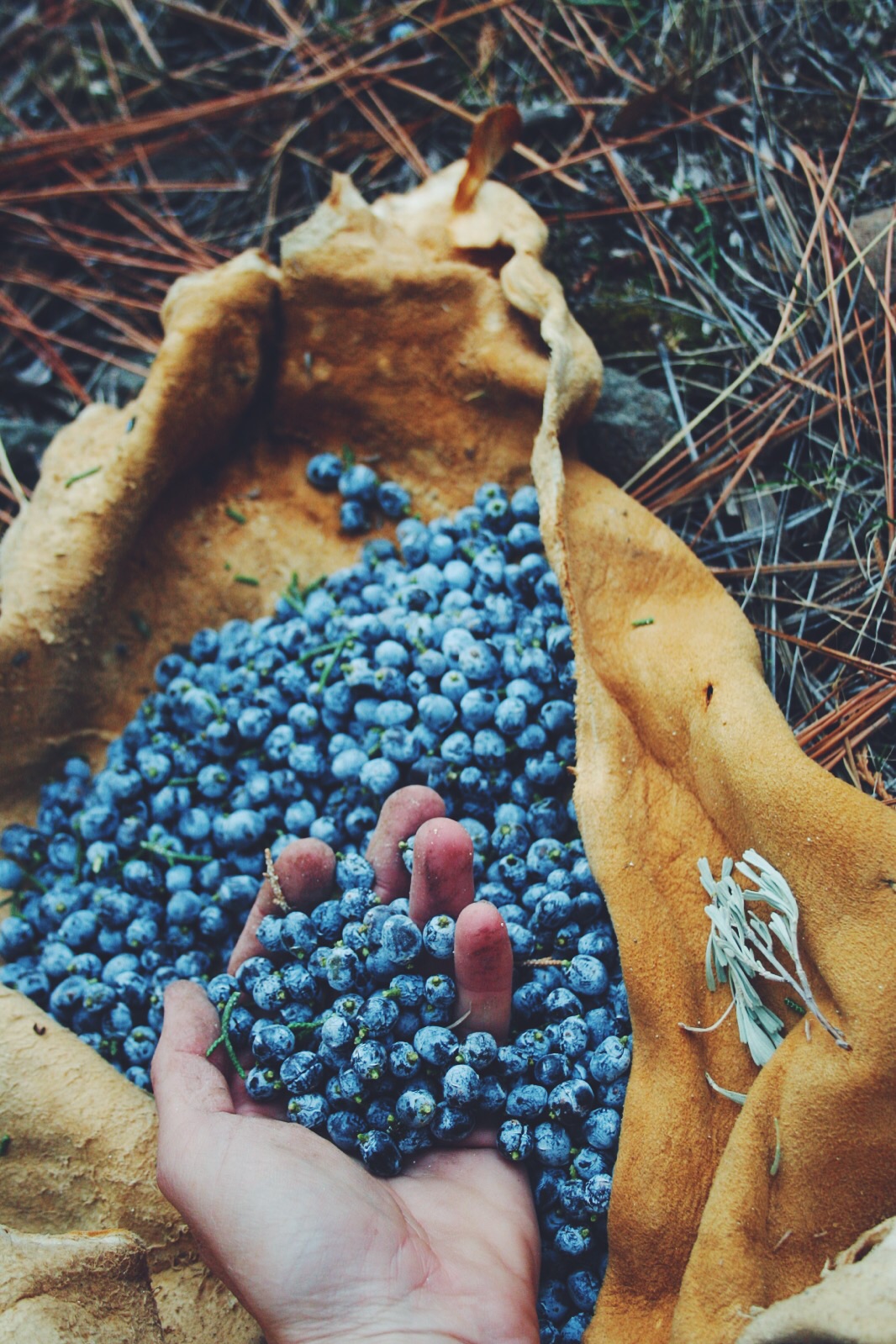Stress creates resilience.
It gives us the tools and skills to endure variables great and small. I get lost in the stress sometimes, and forget this fact. I found myself driving across Nevada this last September and stopping at Big Basin National Park for a few nights. The high mountain peaks of this park house small forests of some of the most ancient trees on earth. My perspective changed when I climbed up Wheeler Peak and took in the great resilience of the Bristlecone Pines. I learned something about making it through, about taking adversity and turning it into something that is a tool.
That Big Basin, where all of the water pools to the center, and down, to an unending cavern of containing. Going nowhere, and just sitting there, resting underneath the hot and mysterious, under the parched sink. That void that forces us inward. Our natural mapping of external surroundings is turned upside down, where the lengths between things suddenly become too big and long and far and wide for our minds to grasp, capture and process. The flat bottomlands, the sagebrush sea, make a haze through the distance. It distorts time and space, creating the immaculate void of the desert. An uncomfortable and necessary void. The Great Basin National Park contains this bottomland, but also holds mountains that rise up out of it.
The slopes gently moving upward, with the Utah Juniper and Single-needled Pinyon Pine, a rocky maze, burnt wood of their ancestors, silver and black, clean boned, still scattered on bare dirt. These two are most often paired together, and follow each other practically wherever the other grows, even when manifested as a different species with slightly different characteristics. They can stand the flats of the void as well as the gentle hills, and the harsh conditions found therein. The smells released from the resin of these two are nothing short of pure plant magic, the void in physical form sends thoughts and feelings to something bigger and greater than our small bodies in this world.
The land becomes steeper, small creeks make cooler enclaves where Alders, Rose, Cottonwoods and Elderberry can take root. A shady forest edge, where the friends of sagebrush connected to the bottomlands meet the beings of the rising island. I think about how each of these plant communities has to adapt and deal with the harsh weather of this desert.
As the elevation rises, a rich menu of conifers appear on the upward island in the void, a collection one would imagine seeing on the coast of Oregon. Various Fir species and and Ponderosa Pines make way to Limber Pine, Subalpine Fir, Engelmann Spruce, and Bristlecone Pines. A gentle soft path, leading through rolling forest floor thick with ferns and moss, ice and snow patches, even in September. These tree communities once spread longer and wider but once the water sank further and lower, the lakes drying up, these trees moved up. They are protected on the island mountains. Each enclave unique and with its own identity. They create an alternative universe, a mirage of lushness in the seemingly unbearable emptiness.
Time slows down even more as I gain altitude through the thick Aspen forests. Gold coin fluttering leaves shake and tremble as the wind flows through. The voice of the trees, all as one, as they truly are. The light creating a million eyes, watching, with bodies a cavern of thick white barked protection. Some of the other oldest trees on earth are Aspens, which often grow in pure stands sharing a singular root system, actually all one tree.
The Aspens and Conifers slowly turn into a rocky outcrop of mostly Limber and Bristlecone Pine, tall at first, mixed with Spruce and Fir, and then becoming just scraggly and mangled trees, morphing and merging, crawling across pure rock.
The trees are nonassuming. Small, beaten, nearly dead, so it seems. The light is hidden around the corner of the bare mountain peak just above. These trees rest on boulders and rock, the body of the mountain coming to pieces, small slow waves of matter giving a gestalt to the first willing recipients, the Bristlecones. Up here, above 10,000 feet, these trees find a place. Once spread out and down the mountains long ago, now they just find a home up high and with the harshest of climates. Why choose such adversity?
Stress creates resilience. I realize I have something to learn from these trees. To struggle, to have exercise and practice, to have consistent pushing, even gentle, sometimes extreme, sometimes unbearable, thickens the sap, tightens the growth rings, forms the limbs to the appropriate angles to flow with the harsh trade winds. To be perfectly adapted, takes a lifetime. Strong growth doesn’t mean fast growth. As these trees are some of the oldest on earth at 3,000, 5,000 years old and older. When they are found down lower, at a more comfortable place, they are more susceptible to disease and a quicker death. These trees have seen so much. I smell the thick resin, that smell of the ancient lessons, the tree of life perhaps.
Up at this high elevation, I put my face on the barkless core, the parts that seem dead, yet hard as a rock, holding up the living channel that spins and spirals around the past body.
When all seems too much, I think of these trees, and the void below that forces one inward. The lesson of resilience. What does it take to gain wisdom? To gain adaptability? Forcing oneself out of comfort zone, into the unknown, into the elements, carving a new path. Those discomforts, as I have realized over the years of doing pilgrimages on foot, camping in rain and cold, or hot and thick, traveling alone, or never being alone, not having an overabundance of supposed human needs- food, water, shelter. These things have created small increments of resilience, despite feeling like too much at times. Visiting such wise elders as these ancient trees on mountain tops far into the void of the desert, reminds me that I am just another being a part of a cycle. I can choose to grow slowly and thoughtfully, or I can choose to stay in my comfort zone my whole life. It also takes constant compromise, constant adaptability, being willing to take whatever comes. When old age comes around, the slightest of shift or change doesn’t traumatize as much. It is just life, constant change. Resiliency is, I think, the ability to move through life with the attitude of acceptance and the goal of ease. It thickens the resin, makes good and sturdy growth rings, despite sometimes feeling incremental and miniscule.


